
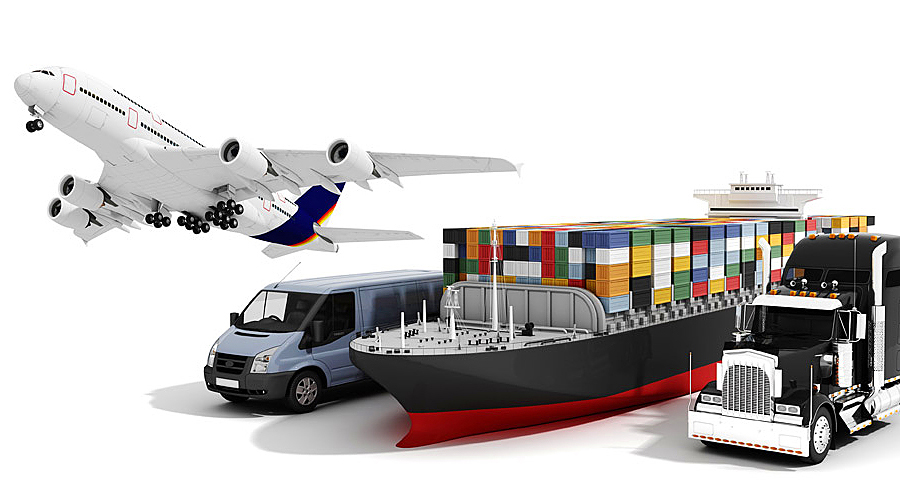

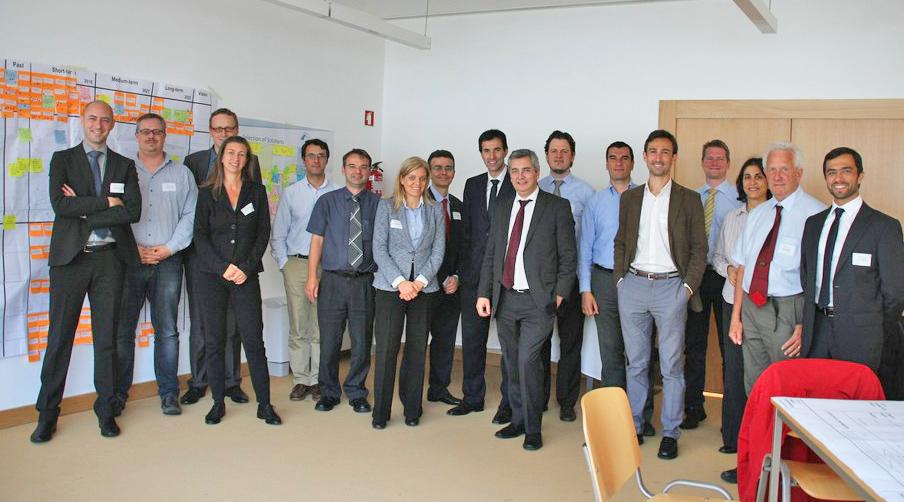
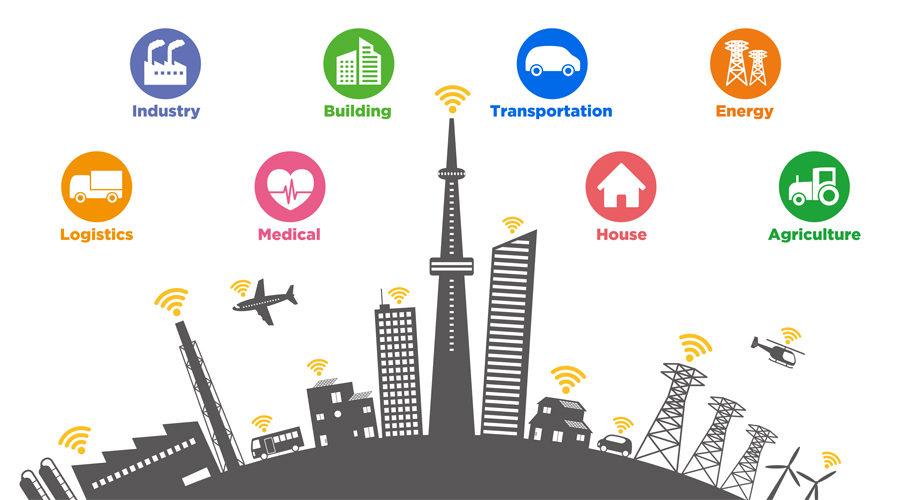


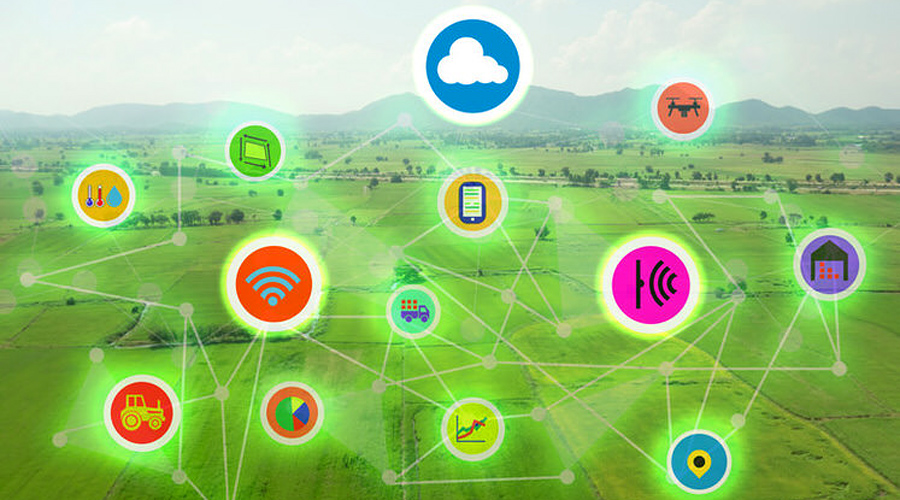

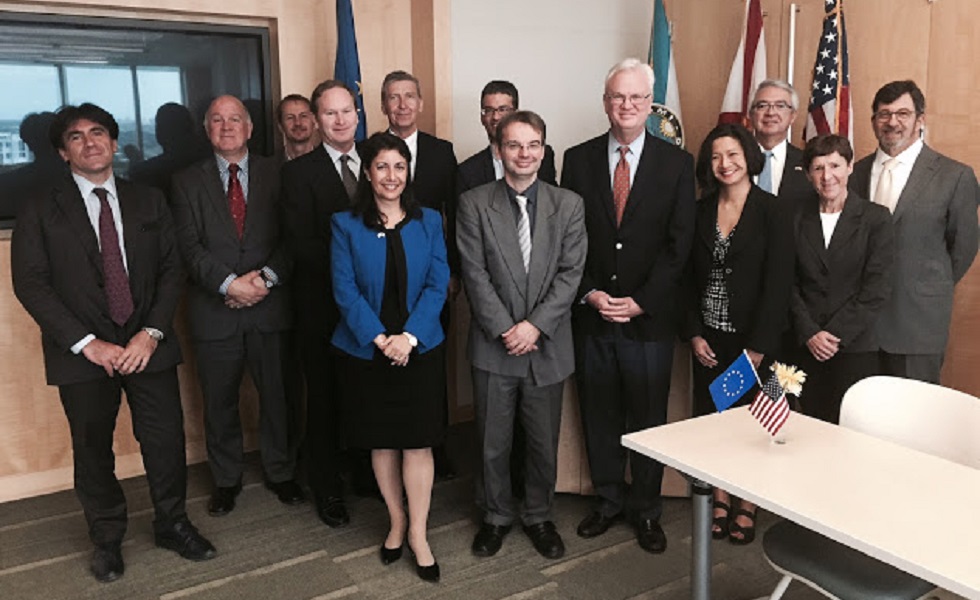
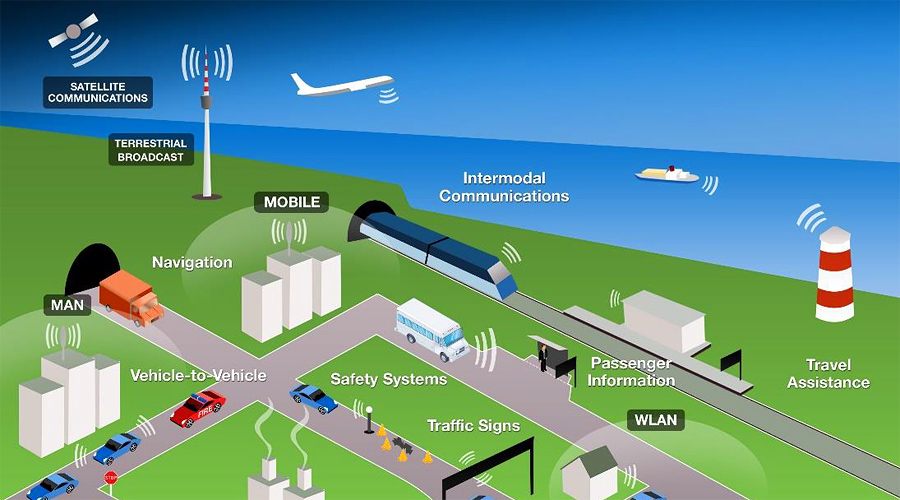
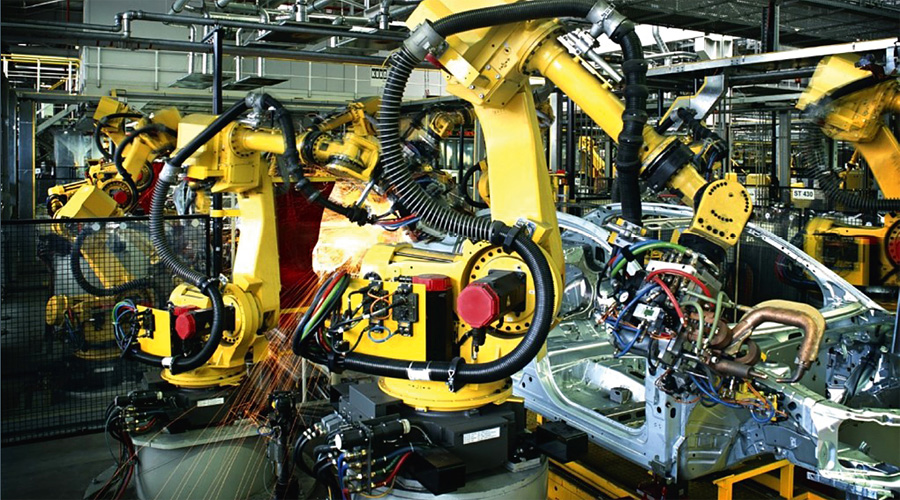
|
THHINK BV provides high technology consultancy services and expertise to the aerospace, automotive, marine, rail and nuclear industries. We perform leading edge research and development for many leading companies and government creating innovative solutions. Find out more about our expertise and how we can help your organisation. "Innovative solutions and technology expertise for the Aerospace, Automotive, Marine, Rail and Nuclear industries." |

|
COMPANYTHHINK BV is a high technology, Small to Medium Enterprise (SME) that performs research and development and provides consultancy in ICT technologies for the aerospace, automotive, marine, rail transport, energy and health sectors.Professional Services & Capabilities
Areas of Expertise

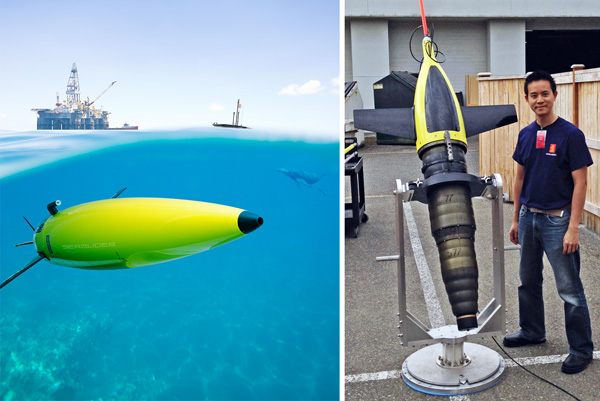
|

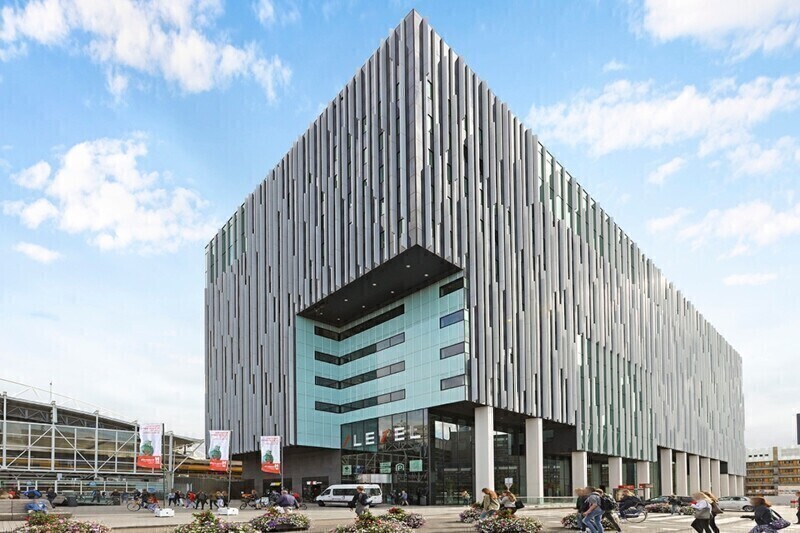
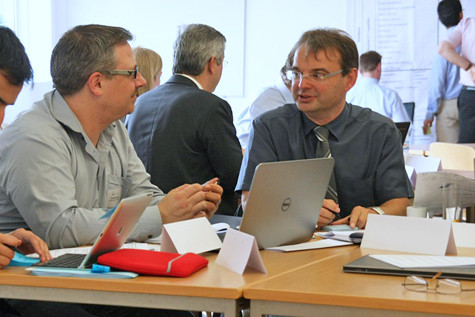
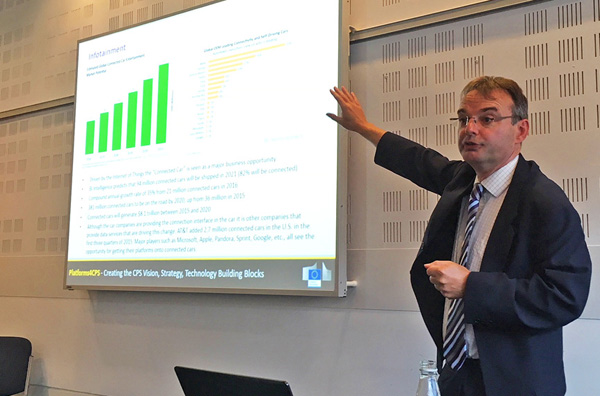
THHINK BV engineers have worked on a number of key programmes including: AEROSPACE | Tornado, Eurofighter, JAS-39, SAAB 2000, Apache Helicopter, Control Technology Programme, HiPECS, Lockheed Martin Joint Strike Fighter, Airbus A380, More Electric Aircraft, BROADEN, DAME, Active Flow Control, Boeing 777, Boeing Dreamliner and ASTRAE MARINE | Ship automation systems, marine gas turbine engines, waterjet technologies, azimuth thrusters and the design of reactor control systems for nuclear submarines. Autonomous unmanned systems, long-endurance operations and persistent-presence maritime surveillance. Satellite and underwater communications and remote monitoring for metocean, environmental, maritime surveillance and offshore oil & gas applications ENERGY | Industrial gas turbine engines, wind turbines, solar technologies and nuclear power stations AUTOMOTIVE | Ford, Jaguar and Formula-1 racing technologies RAIL | Network Rail infrastructure monitoring and introduction of wind and solar energy harvesting technologies for powering stations SPACE | Columbus Programme |
EXECUTIVE TEAMHaydn Thompson BSc, PhD, CEng, FIET, MIEEE, MRAeS, MAIAAProfessor Haydn Thompson, BSc, PhD. CEng has over 35 years' experience working in a mixture of senior industrial research and development roles in flight control systems, space programmes and radar signal processing applications for leading companies. From 1993- Feb. 2013 he was the Programme Manager of the Rolls-Royce Control and Systems University Technology Centre. He is Managing Director and founder of the THHINK Group of companies. This includes THHINK BV in the Netherlands which concentrates on research & development and consulting in ICT technologies, as well as THHINK Wireless Technologies Ltd (UK) and THHINK Wireless Technologies Ltd (Japan). THHINK in the UK performs applications engineering "THHINK and Do" and THHINK Japan is developing future technologies "THHINK Ahead", specifically energy harvesting technologies for ultra-low power embedded wireless sensors. He is recognised and used by the European Commission as an expert in many fields and is a consultant to a range of companies and government bodies. He defines Strategic Technology Roadmaps across Europe and for companies such as Rolls-Royce.He has over 100 publications in the field of CPS and IoT applications, including on distributed systems, multi-disciplinary multi-objective optimisation, gas turbine engine control, fault diagnosis and health monitoring, wireless communications, energy harvesting, rapid prototyping and co-simulation. He has also written two books on gas turbine engine control. He is, or has been, a member of the International Federation of Automatic Controls (IFAC) International Aerospace Control, Mechatronics and Real-Time Computing and Control Committees being chair of Embedded Systems, the Institution of Electronic and Electrical Engineers Aerospace Committee, and IET representative on the Learned Society Board of the Royal Aeronautical Society. He is a member of the American Institute of Aeronautics and Astronautics. In addition to running many research programmes with Rolls-Royce working on key programmes, Professor Thompson was the co-ordinator for the European Union funded IST FLEXICON project, led work on the More Electric Aircraft in the Airbus/EU MOET project and led two consortia of 4 Universities in the WICAS and SWIFT projects with Airbus. He has also run successful research programmes with rail companies developing self-powered wireless sensor technologies for infrastructure monitoring. Recent EU projects include CPSoS (Cyber Physical Systems of Systems) where he chaired an Expert Group of Transport and Logistics covering Aerospace, Automotive, Rail, Maritime and Logistics, Road4FAME defining a Roadmap for Manufacturing Research within Europe and PICASSO which promoted Joint EU-US Collaborative Research. Max Ong BEng.Hons, PhD, MIET, MIEEE, MAICD, PRINCE2Dr Max Ong received a BEng.Hons in Computer Systems Engineering at the University of Sheffield and a PhD in Automatic Control & Systems Engineering. During this time, he was awarded the Sir Harold West Award and Mappin Award by the University. Max is Technical Director and co-founder of THHINK and has a wealth of experience in a number of domains. Previously Max was joint team for SEAS-DTC Defence and Rolls-Royce UTC CSE who designed and simulated adaptive control systems for an advanced hybrid fuel-electric Unmanned Combat Aerial Vehicle (UCAV). Additionally, Max conducted extensive R&D on the £4.6M DTi / TSB BROADEN project and the £3.2M e-Science DAME project to develop knowledge-based diagnostic and prognostic monitoring systems that leveraged innovative Grid Computing. The work enabled Rolls-Royce to deliver advanced Equipment Health Monitoring (EHM) in the Aero and Marine business sectors by applying optimal pro-active maintenance strategies within a revolutionary TotalCare programme for Rolls-Royce. Following this, he took on the role of Systems Architect within Rolls-Royce's EPACS aero engineering group.Dr Max Ong was Chief Technology Officer of FASTWAVE Communications specialising in Autonomous Unmanned Systems, satellite telemetry and underwater sensing/communications for remote monitoring applications across metocean, environmental, maritime surveillance and offshore Oil & Gas industries. As CTO and drone pilot at Fastwave, Max headed the autonomous robotics and unmanned sensors division including operation of KONGSBERG Maritime's 'Seaglider' AUV and eletronic data systems integration across LIQUID ROBOTICS 'Wave Glider' marine robotic vehicles capable of long-endurance missions and persistent-presence maritime surveillance. Max is a certified PRINCE2 Project Management Professional and member of the IEEE and IET engineering institutions, AAUS Unmanned Systems and Australian Defence RPDE. He is highly experienced in the design and integration of bespoke hardware and software systems for Autonomous and Unmanned vehicles, wireless communications, control systems, distributed systems and strategic decision support. Daniela Ramos-Hernandez BEng, PhD, CEng, MIET, MIEEEDr Daniela Ramos-Hernandez, CEng, has 25 years' experience in a variety of research and development projects. Originally an IBM trained computing engineer working for major banks she decided to pursue a career in research and development gaining a PhD in 1999 in heterogeneous parallel processing. Following this she worked on industrial research projects in ICT with BICC in process control integration for manufacturing and was Technical Coordinator of the EU funded FLEXICON project managing 5 partners across Europe. In this project control and wireless monitoring systems were developed with Rolls-Royce Marine for future fast ships.She later joined the Strategic Research Centre of Rolls-Royce Aerospace working within the Information Engineering Team as a Staff Technologist investigating and implementing new Intelligent Techniques for Engine Health Monitoring. During this time she worked on the DTi funded projects such as BROADEN and HECToR and was the Programme Manager for Engine Health Monitoring of Unmanned Air Vehicles on the ASTRAEA DTi project, as well as the Programme Manager of a Safety and Reliability project. Following this she became a Systems Engineer at Aero Engine Controls Ltd. a joint venture between Rolls-Royce and Goodrich Aerospace. Daniela has a wealth of experience in condition monitoring and digital signal processing and is a consultant to the European Union in the areas of ICT and Smart Grid. Nick Askew BSc HonsNick Askew has more than 30 years' experience in software engineering with a wide and varied background in IT and implementation of GIS systems for major companies providing development, architectural design, and project leadership. Initially a software engineer working for companies such as Sension Ltd, VG Elemental, and GEC Measurements, Nick went on to develop systems for Ford in Cologne and KLM Cargo at Schiphol. He then joined Intergraph, Hoofddorp, working on a variety of projects including reservoir simulation, colour management systems, geo-spatial systems, dispersion modelling systems, order management systems, and office process automation systems. On leaving Integraph Nick was responsible for developing web based geographical information systems (GIS) for a number of major projects for local government authorities and other large organisations where security and speed are essential. This included integrating GIS into the Squit XO product which is used by half of the Dutch local authorities for providing services to local residents and businesses. He also developed WMS and WFS services for the Dutch land registry Kadaster which deal with vast amounts of data. Nick then went on to develop Web based map applications based on GeoMedia WebMap for Gemeente Den Haag and also Amsterdam City. Additionally, he developed a system for the Dutch Police force for tracking the location of vehicles and incidents in a dynamic map. This latter system covers the entire Netherlands (26 police force regions) providing very fast response times with very high availability.Nick's expertise in implementing systems led him to work on the European Union project with Veiligheidsregio Haaglanden, the city of the Hague, and various large sensor manufacturers to develop a web based application that gathers information from conventional and wireless sensors which is then displayed on an interactive map. Since then Nick has worked as a consultant to many household and international names such as Tommy Hilfiger/Calvin Klein, Manpower, Coolblue, Audionova International, Shell, PVH, AkzoNobel, ING Bank, Publitec (Gouden Gids) and ICL. He has also worked with some of the biggest names in the Dutch GIS market (Intergraph, Vicrea, Roxit) developing applications for some of the largest GIS users. Nick also created Hotspotter which he owns in conjunction with Gemeente Hilversum. This development tool allows the quick generation of interactive maps directly from the desktop that are compatible with all standard web browsers. |
NEWSEuropean Clean Energy Transition Conference 2025 - Brussels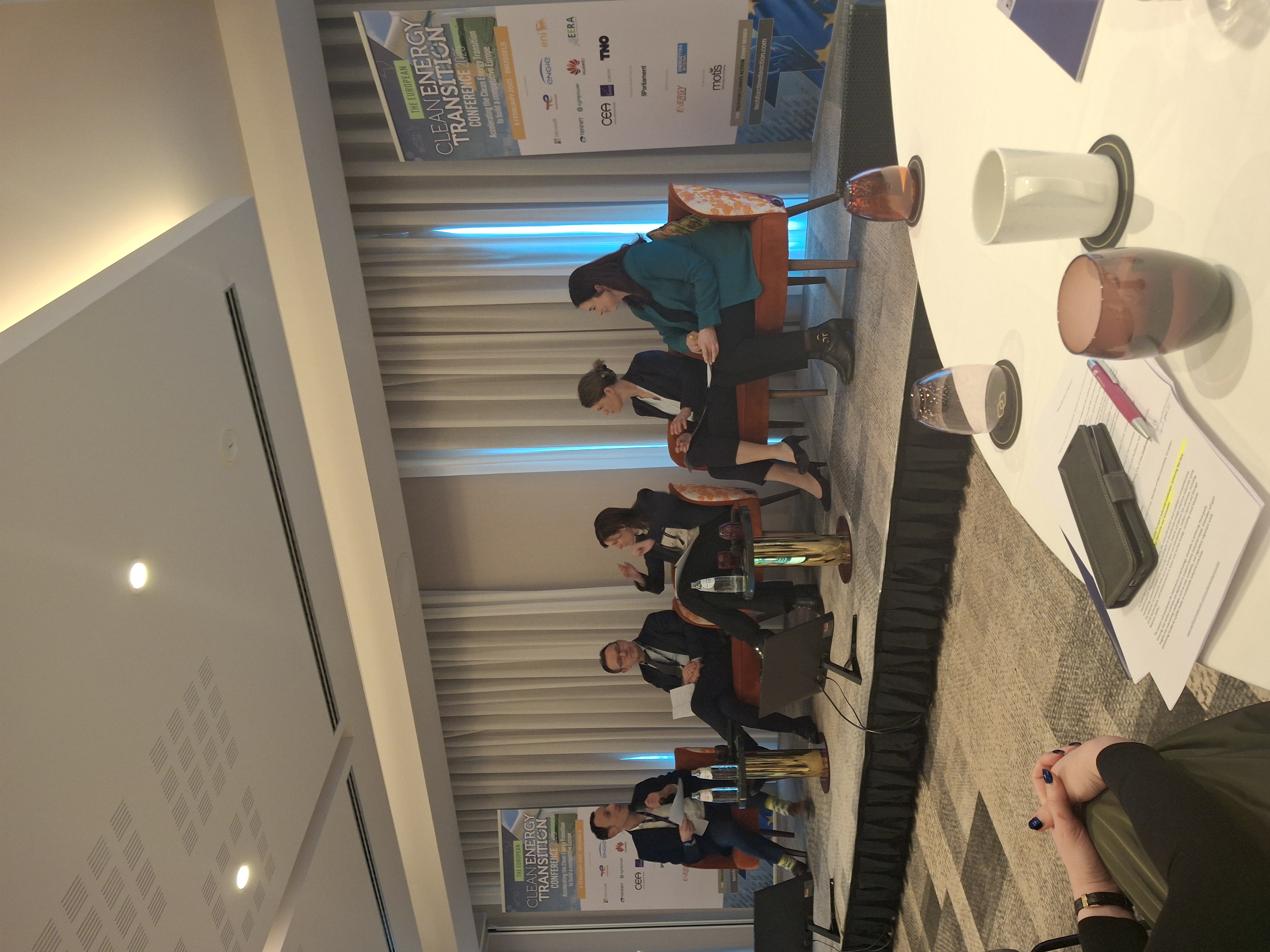
As part of the MASTT2040 project Haydn Thompson attended the inaugural European Clean Energy Transition Conference which aimed to unite industry leaders, policymakers, academics, and innovators to explore strategies for positioning Europe at the forefront of the global clean energy transition. Energy policy is seen as being central to Europe’s challenges, affecting competitiveness, jobs, growth, security, and climate action. The conference addressed all aspects of clean energy, focusing on a variety of renewables which are vital for achieving energy goals and providing flexibility for sectors where electrification alone is not feasible. With a strong reliance on conventional fuels that generate greenhouse gases and the changing geopolitical situation it is important that under the Green Deal energy production and consumption is transformed to strengthen Europe’s global competitiveness. EDIH Summit 2024 Brussels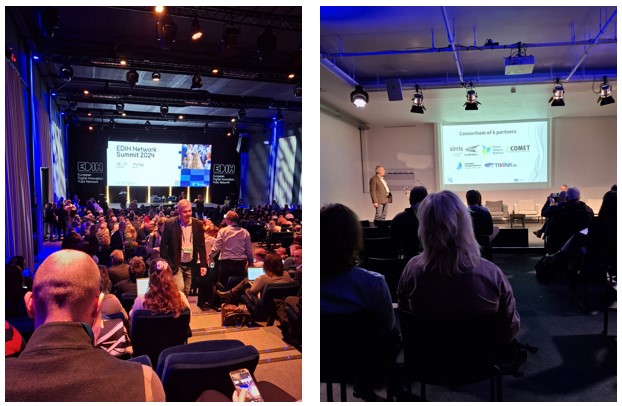
As part of the MASTT2040 project Haydn Thompson attended the EDIH Network Summit. This brought together key stakeholders from the European Digital Innovation Hubs (EDIH) network, including representatives from various thematic working groups, national authorities, and expert groups. During the event he participated in a workshop on Data in Manufacturing and also met with many colleagues across Europe. IoT Tech Expo 2024 Amsterdam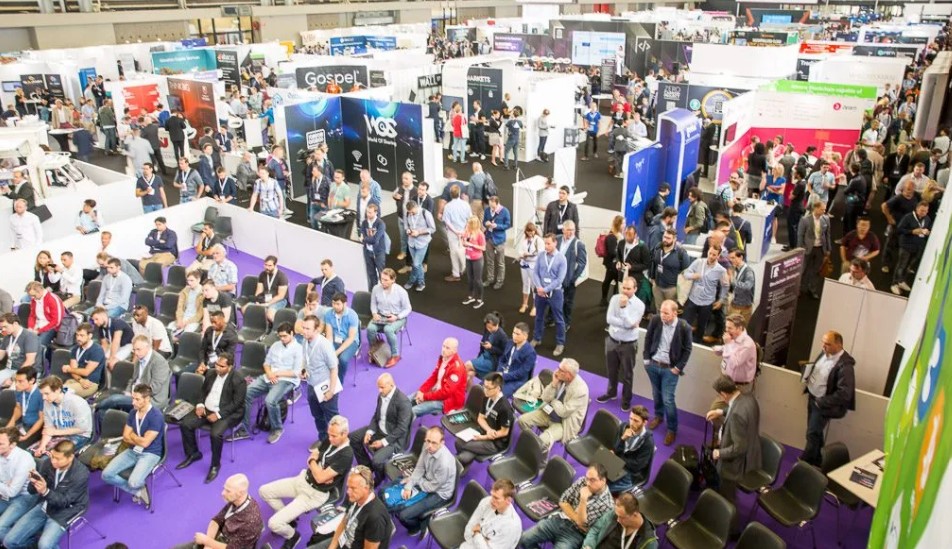
As part of the MASTT2040 project Haydn Thompson and Nick Askew attended attended IoT Tech Expo in Amsterdam. IoT Tech Expo is the leading event for IoT, Digital Twins & Enterprise Transformation, IoT Security IoT Connectivity & Connected Devices, Smart Infrastructures & Automation, Data & Analytics and Edge Platforms. Many discussions were held with exhibitors across a range of topics with respect to new AI and Data Governance Regulations as well as the Cyber Resilience Act. NEWSSmart Manufacturing and Engineering Week 2024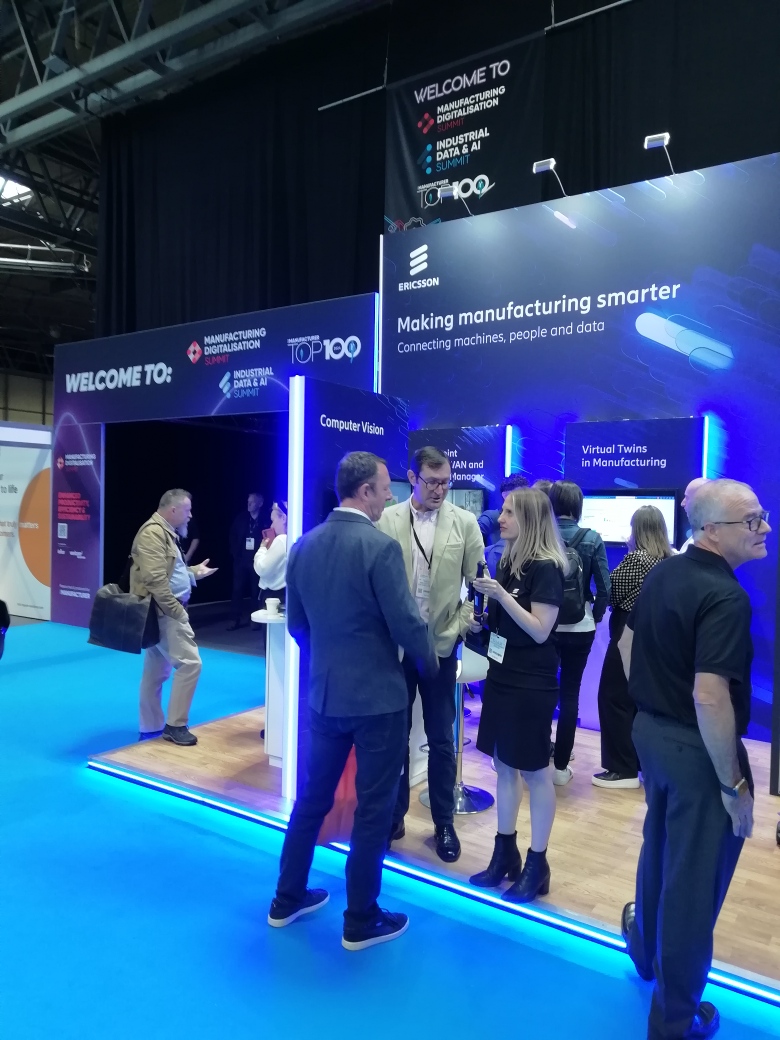
As part of the MASTT2040 project Haydn Thompson has been interviewing companies about their experiences of Manufacturing as a Service to identify enablers and barriers to implementation. He attended Smart Manufacturing and Engineering Week 2024 which combines the Smart Factory Expo, Design Engineering Expo, MAINTEC, AIR-TECH, Drives and Controls and Fluid Power and Systems events. The aim of the Smart Factory Expo was to discuss the future of manufacturing and digital manufacturing so was particulalry relevant to the MASTT2040 project. There were a number of co-located live events which attracted over 12,500 manufacturers, engineers, industry leaders and technology solution providers, making it, the largest UK advanced manufacturing event of the year. There were over 450 exhibitors at the event and 19 companies and manufacturing research organisations were interviewed highlighting an awareness of new legislation (the Data Governance Act, AI Act and Cyber Resilience Act) and the identification of some interesting challenges. MACH2024 2024
Currently, the MASTT2040 project partners are interviewing companies about their experiences of Manufacturing as a Service to identify enablers and barriers to implementation. As part of this Haydn Thompson attended the MACH2024 Event. MACH2020 is the major biannual manufacturing event in the UK. Over 500 companies attend and there are around 16,000 visitors. Around 30 companies were interviewed with a range of Manufacturing as a Service models, including Equipment as a Service, Marketplaces and Additive Manufacturing as well as finance companies, connectivity specialists and manufacturing research organisations. This has led to some interesting challenges being identified. Chips JU Launch 2023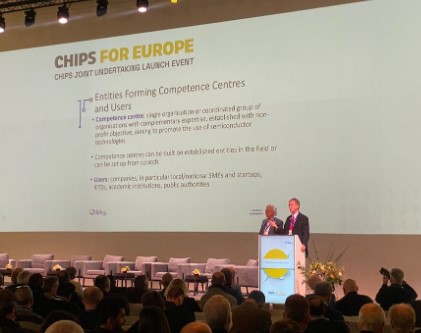
THHINK are very pleased that as part of the Chips Act the Chips Joint Undertaking (Chips JU) was formally launched at the “Chips for Europe” Chips JU Event held in Brussels on 30 November- 01 December 2023. The event gathered more than 800 participants (both in person and online) to mark the official inauguration of the Chips Joint Undertaking. The aim of the Chips JU is to reinforce the European semiconductor ecosystem and Europe's technological leadership bridging the gap between research, innovation and production. The Chips JU will deploy pilot lines with €1.67 billion of EU funding which is expected to be matched by funds from Member States to reach €3.3 billion, as well as additional private funds. The Chips JU will:
EFECS 2019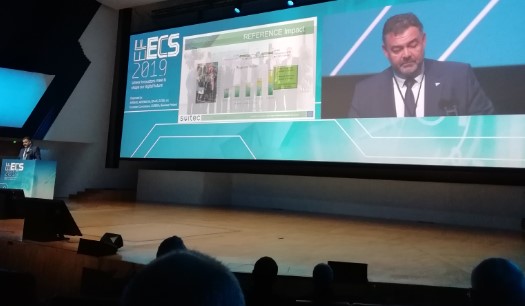
Haydn Thompson attended a number of meetings at the European Forum for Electronic Components and Systems (EFECS) which was held on the 19-21 November 2019 in Helsinki, Finland. EFECS is the international forum with a focus on “Our Digital Future” along the Electronic Components and Systems value chain in Europe. The event was organised by AENEAS, ARTEMIS-IA, EPoSS, ECSEL Joint Undertaking and the European Commission, in association with EUREKA, who have joined forces to bring all stakeholders together. EFECS brings together key stakeholders to learn more about the latest developments, co-operation and funding possibilities in the ECS Community. Digitising European Industry Stakeholder Forum 2019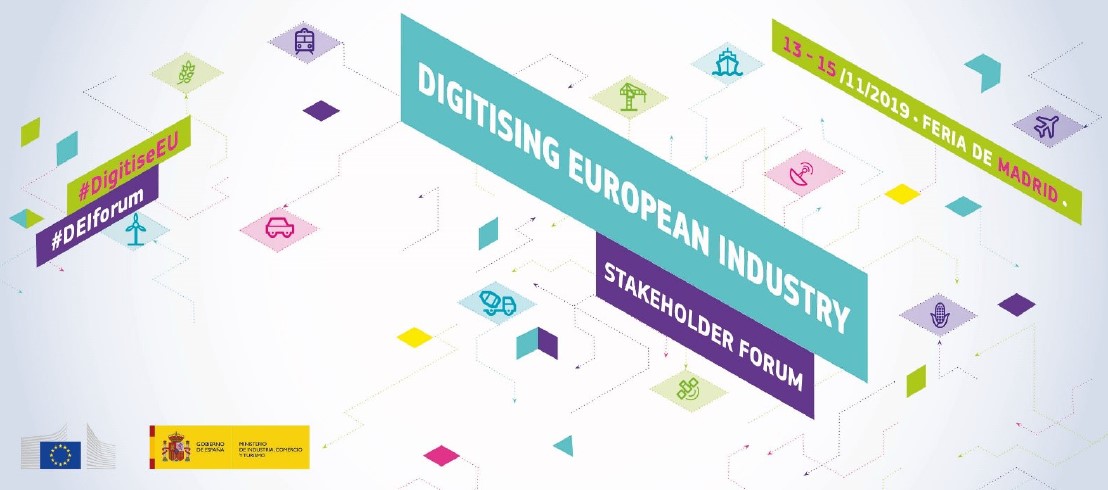
Haydn Thompson attended the Digitising European Industry Stakeholder Forum which took place in Madrid from the 13th to the 15th of November 2019. The Stakeholder Forum is a public event organised on a yearly basis by the European Commission and one Member State within the context of the Digitising European Industry initiative (DEI). In coordination with the Spanish Ministry of Industry, Trade and Tourism this year's event focused on “Artificial Intelligence and Digital Innovation Hubs - beyond 2020". The event provided an opportunity for different actors involved in the digital value chain to share experiences, exchange best practices and discuss the future of EU digital industrial policy. Among them were representatives from Member States and regions, national initiatives for digitalisation, industry, SMEs, academia, Digital Innovation Hubs and research and technology centres. ICT Proposers’ Day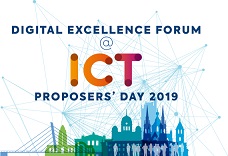
Haydn Thompson was invited by the European Commission to speak on AI in Manufacturing at the ICT Proposers’ Day which was held in Helsinki, Finland. The event focused on the upcoming calls of the Horizon 2020 work programme in the field of Information & Communication Technologies, Future and Emerging Technologies (FET), and Societal Challenges. The event offered an exceptional opportunity to build quality partnerships with academics, researchers, industrial stakeholders, SMEs and government actors from all over Europe. 7th DIH Working Group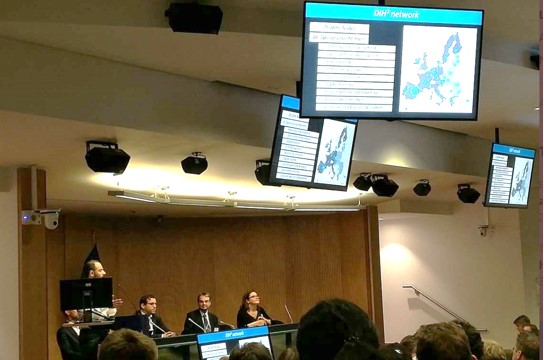
The seventh meeting of the Working Group on Digital Innovation Hubs held in Brussels on the 1st July 2019. Haydn Thompson was invited to give a “provocative” presentation on the needs of SMEs and how the DIH programme needs to change to meet these. The event was dedicated to discussing elements of the implementation of Digital Europe (DEP) with regard to Digital Innovation Hubs (DIHs), seeking feedback from stakeholders on these and exploring the challenges and possible solutions for building a strong pan-European DIH network, in particular by connecting them to regional and national policies. European Industry Partnerships Collaborative Event
Haydn Thompson was invited to speak at the European Industry Partnerships Collaborative Event which was held on the 17 April 2019 at the Steigenberger Airport Hotel in Amsterdam. The aim of the event was to develop and enlarge the European IoT ecosystem through collaboration and coordination among various European Partnerships. This requires the development of strong links between communities of IoT users and providers, to discuss, align and plan research and innovation agendas for development and deployment of IoT technologies and applications across various industrial sectors as part of the next Framework Programme for research and Innovation. 
The event brought together representatives of a large number of key initiatives across Europe as well as the European Commission. ARTEMIS Technology Conference 2019
Haydn Thompson attended the 2nd ARTEMIS Technology Conference on the 16th April 2019 in Amsterdam. The ARTEMIS Industry Association represents leading European Companies and Haydn Thompson was very honoured to give the Keynote at the 1st ARTEMIS Technology Conference. Above Haydn is seen with Martin Torngren from KTH who gave the Keynote at this year’s event. THHINK is proud to now be a partner in the KTH led TECoSA programme. This year’s event addressed the challenges that will need to be solved in coming years to unlock the full potential of digital transformation in areas such as embedded intelligent systems and smart cars. ICT 2018 Vienna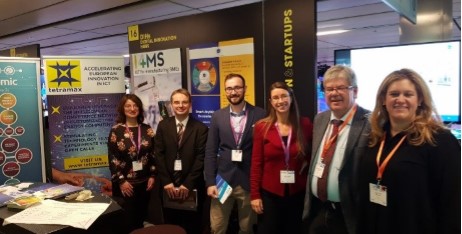
ICT 2018 took place in Vienna on 4-6 December 2018. THHINK was represented on 2 stands at the event. This research and innovation event attracted 4800 visitors and focused on the European Union’s priorities in the digital transformation of society and industry. It presented an opportunity for the people involved in this transformation to share their experience and vision of Europe in the digital age. The conference programme featured influential speakers and debates around the EU’s digital policy. Final Consultation Event – CPS Innovations for the Future
The Platforms4CPS Final Consultation Event was held at THALES TRT, Palaiseau, near Paris on 12th September 2018. This major event presented the work that had been performed in the Platforms4CPS project and also the recommendations that have been put forward for research, innovation, societal and legal issues and business that will shape the development of CPS in the years to come. Invited speakers from the CPS community and from the associated CPS cluster also gave presentations on key topics of relevance such as AI and IoT. Examples of CPS technology integration were also presented. Stakeholder Forum 2018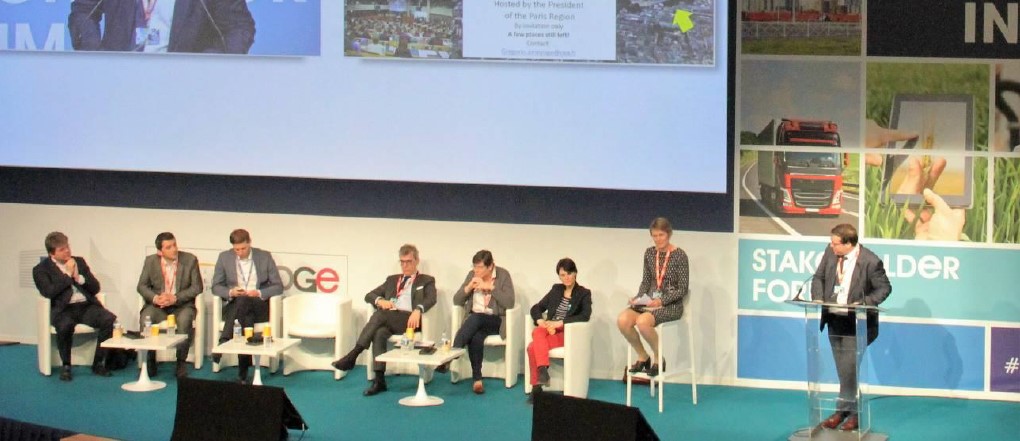
The European Commission asked Haydn Thompson to be the Rapporteur for the Stakeholder Forum held on 27th-28th March 2018 in Paris, France. This event supported by the European Commission with the patronage of Emmanuel Macron brought together high-level representatives from National and European initiatives as well as business leaders from around Europe with the aim of understanding best practice and approaches to Digitising European Industry. The event highlighted the benefits of improved collaboration and engagement with stakeholders across the digital value chain. Participants shared experience and considered how progress towards digitisation could be accelerated. There was a focus on take-up and diffusion of digital innovations to businesses and industry leaders discussed ideas and best practices on how to make companies, notably SMEs, aware of the importance and potential of digital technology. This considered the organisational, technological and financial factors that are needed to support SMEs and large companies in their digital transformation projects, as well as aspects related to the integration of the value chain and its effects on competitiveness. Haydn Thompson was invited to sum up the event in the closing session and produced a report on the event. HiPEAC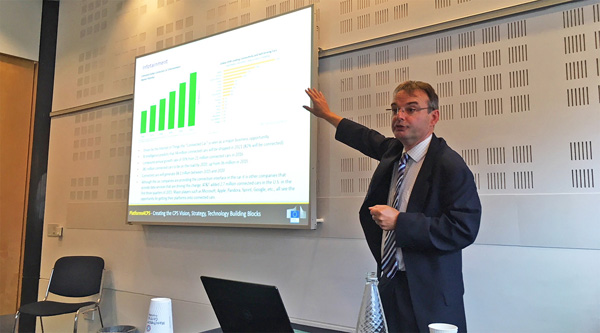
Haydn Thompson presented on Market Opportunities for CPS in Transportation at a workshop on CPS Success Stories Workshop" organized in Manchester during the HiPEAC 2018 event. The HiPEAC conference is the premier European forum for experts in computer architecture, programming models, compilers and operating systems for embedded and general-purpose systems. EFECS
Haydn Thompson of THHINK attended the European Forum for Electronic Components and Systems (EFECS) in Brussels in December 2017. This is an international forum with a focus on 'Our Digital Future' along the Electronic Components and Systems value chain in Europe. The organisers of this event, AENEAS, ARTEMIS-IA, EPoSS, ECSEL Joint Undertaking and the European Commission joined forces to bring all stakeholders together. The event featured strategic sessions around the ECS-SRA (Strategic Research Agenda for Electronic Components and Systems) which THHINK contributed to. There was also a large exhibition of R&I results and new project ideas. THHINK was represented at both the Smart4Europe and Platforms4CPS stands. Also during the event THHINK collected input via a questionnaire on new technologies for the Smart4Europe Technology Radar. The event was particularly useful in bringing together participants from a number of different project clusters allowing many interesting interactions and discussions on new technologies. Also during the event Haydn Thompson had a meeting with the European Investment Bank as part of work on mapping funding sources across Europe. Digital Innovation Forum - DIF Event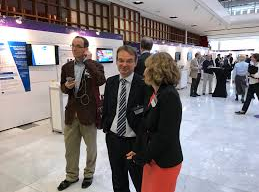
THHINK attended the DIF Event held at RAI Amsterdam on 10th and 11th May. This international event is the industry-driven Digital innovation conference in Europe, showing R&I results and emerging challenges towards a vision of the future for and built by industry. The event was co-organised by the ARTEMIS Industry Association and the EUREKA Cluster ITEA. During the event Haydn Thompson and Nick Askew participated in the PLATFORMS4CPS Market Landscape Workshop identifying future market segments for new technologies. |
|
EVENTS 2024We are active in many on-line and physical events. RECENT EVENTSWorld Manufacturing Forum, Milano, Italy.14-15th November 2024 https://worldmanufacturing.org/activities/world-manufacturing-forum-2024 9th European Congress on 3D Printing & Additive Manufacturing 2024 Conference, London, UK 7-8th October 2024 https://3dprintingconferences.com/ Digital Transformation Week Europe, RAI, Amsterdam, Netherlands 1st-2nd October 2024 https://www.digitaltransformation-week.com/ Hanover Messe, Hanover, Germany 22-26th April 2024 https://www.hannovermesse.de/en/hannover-messe-2024/ 9th Annual Smart Manufacturing Summit, Berlin, Germany 18-19th April 2024 https://www.luxatiainternational.com/product/9th-annual-smart-manufacturing-summit MACH2024,Birmingham,UK 15-19th April 2024 https://www.machexhibition.com/ Intertraffic, Amsterdam, Netherlands 16-19th April 2024 https://www.intertraffic.com/ |

|
Tech Brief: Cyber Resilience Act
THHINK BV MASTT2040
|
Tech Brief: Bbbb |
Tech Brief: Cccc |
|
Smart4Europe2
Today, innovation is to an increasing extent based on digitisation leading to new functionalities, products and services, but the speed of change is so quick that SMEs and mid-caps are struggling to keep pace. In order to address this, Digital Innovation Hubs (DIH) have been set up to help companies with their digital transformation. This has been done at European, national and regional levels; however, the resulting community of DIHs is fragmented. The aim of the Smart4Europe2 is thus to bring together and link the DIHs as well as projects aligned to SAE (DEI CSAs, ECSEL, I4MS, etc.) and make DIH services more widely available to SMEs and mid-caps. Smart4Europe2 will:
PROJECT PARTNERS 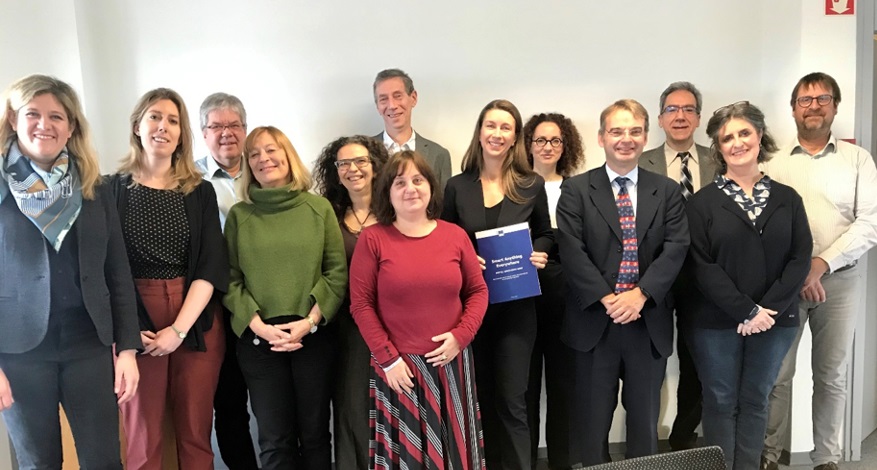
The project brings together 7 Partners from 5 European countries:
Smart4Europe
A central aim of the European Commission with respect to digitization is to "ensure that any industry in Europe, big or small, wherever situated and in any sector can fully benefit from digital innovations to upgrade its products, improve its processes and adapt its business models to the digital change". To achieve this, the initiative "SmartAnythingEverywhere" (SAE Initiative) was coined as an umbrella for a growing number of projects, focusing on different technology domains and positions in the innovation cycle to demonstrate best practice in technology transfer to European SMEs. Catalysing Digitisation Smart 4 Europe [ www.smart4europe.eu ] has the aim to:
In order to achieve this, Smart4Europe will expand the existing website of the Initiative [www.smartanythingeverywhere.eu] to create an Innovation Portal as a central contact point for digitization in Europe: providing a service centre; facilitate brokerage; coordinate communication and dissemination activities; help in sharing best practices and experiences; create a Technology Radar to identify technologies SAE can benefit from; and last but not least, establish links to regional/national initiatives to leverage investments and stimulate growth. Smart4Europe started in September 2017 and has a duration of 2 years and almost 1M€ funding from the European Union's Horizon 2020 research and innovation programme (Grant Agreement No 761448). The project is driven by a strong consortium of partners that have already demonstrated their commitment and engaged for several years in shaping the SAE Initiative: 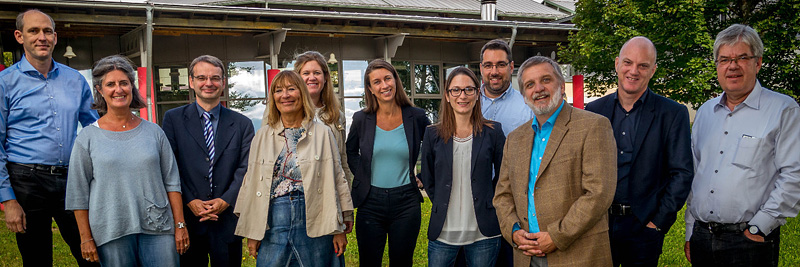
Additional Information and Documents: |
Smart4Europe Technology RadarA key activity of THHINK BV within Smart4Europe2 is development and maintenance of a Technology Radar. Below is clickable version of the radar. If you have comments or suggested technology additions to the radar please contact us here. As part of Smart4Europe, THHINK is creating a Technology Radar (see above) to classify Smart Technologies, Smart Services, SAE Tools and SAE Platforms according to their level of market readiness. Readiness is classified in terms of:
"Red: Long Term - Hold off for now" to represent technologies that are not yet proven and not worth investing in yet
"Amber: Medium Term - Assess" a technology that is promising and worth exploring with the goal of understanding how it may have an impact "Green: Short Term - Adopt" for a technology that industry should be adopting. As part of this initiative the project is collecting information on new technologies and would like to gather input from the community on what are the interesting and up-and-coming technologies that should be considered on the radar. Here we would like to solicit input on the technologies already identified via the attached questionnaire with respect to maturity and potential interest to industry, but also other new and exciting technologies. Additionally, we are seeking ideas for non-traditional uses of smart technologies, e.g. self-tying shoes for the elderly, UAVs for shark alerting, etc. If you have an unusual application that you are either working on, or think would be interesting for the future, we would very much like to hear from you! Additional Information and Documents: |
MASTT2040 Standards MapAs part of the MASTT2040 project THHINKBV has developed an overview of standards and regulations that are important for different stages of manufacturing considering Manufacturing as a Service. Below is clickable version of the standards map. Just click on the picture to access the clickable map and explore further. If you have comments or suggested additions to the standards map please contact us here. IntroductionManufacturing of a product requires many different activities from designing a product to ordering components and raw materials, to scheduling manufacturing processes, organising and monitoring various machining and production activities through to the delivery of parts via logistics companies. This is growing ever more complex through the use of new technologies such as AI for optimising various processes and the drive towards sustainability in terms of raw material usage, energy consumption reduction and in the adoption of new circular models for recycling products. The clickable map above has been developed to provide an overview of the various activities involved in today's manufacturing chains and to highlight key relevant standards being used, as well as upcoming standards and regulation which will influence the future of manufacturing. |
Consultant to the European Commission
THHINK is a consultant to DG Connect and DG GROW evaluating and monitoring Public Private Partnerships and Large Scale Pilots, and writing a number of EC documents on Internet of Things, Artificial Intelligence, Cyber Physical Systems, Systems of Systems, Electronics and Digital Manufacturing, covering technology roadmaps, policy and strategy for ICT. The company also provides Expert input into the EC’s AI Unit and into areas such as Wearables and Photonics. Additionally, the company reviews projects for the EC across many domains including automotive, aerospace, manufacturing, robotics and agriculture. THHINK also acts as Rapporteur for the DEI Working Groups, key EU Events such as the DEI Stakeholder Forum and the EC’s Electronics Leaders Group defining strategy and budgets for Horizon Europe and Digital Europe. The company also provides support to the European Parliament with briefing papers/videos for MEPs on the societal and legal issues of future autonomous transportation systems and has engaged with the European Investment Bank considering new funding approaches. In 2017 THHINK was commissioned by the EC to write a report on Standardisation with recommendations for establishing a Multi-Stakeholder Platfrom/DEI Working Group on Standardisation which was set up in 2018. In 2019 THHINK was commissioned by the EC to become the Facilitator for Harmonisation of Standardisation across Europe interacting with SDOs, other informal standards organisations, H2020 projects, government initiatives and industry (including SMEs) to create a Standardisation Stakeholder Engagement Platform. Stakeholders include DIN, IEC, Trilateral Initiative, IBM, Fraunhofer, Alstom, Plattform Industrie 4.0, Industrie 4.0 Standardisation Council, Smart Industry (Netherlands), Vanguard, VDMA, BOOST 4.0, EFFRA, ETSI, AIOTI, CREATE-IoT, ECSEL, BDVA, Productive 4.0, euRobotics, EPoSS and other H2020 projects. In recent years THHINK has been actively engaged in writing the European Chips Act SWD, Recommendations and Roadmap for a Design Platform to support the European Chips Act and Recommendations and Roadmap for European Sovereignty in Open Source Hardware, Software, and RISC-V Technologies. Publications for the European CommissionH.A. Thompson, “Recommendations and Roadmap for a Design Platform to support the European Chips Act", April 2023.H.A. Thompson, “Marie Sklodowska-Curie Actions: Lessons Learnt from the implementation of European Industrial Doctorates in Horizon 2020", November 2022. H.A. Thompson, “Recommendations and Roadmap for European Sovereignty in Open Source Hardware, Software, and RISC-V Technologies", June 2022. H.A. Thompson, “A Chips Act for Europe", Commission Staff Working Document SWD(2022) 147, May 2022. H.A. Thompson, “Next Generation IoT and Edge Computing, Report from the Next Generation IoT and Edge Computing Strategy Forum", April 2021. H.A. Thompson, “Fireside Chat of 9th March 2021", European Commission, CNECT-E4, Event report, March 2021. H.A. Thompson, “"AI in Manufacturing", Report from the Workshop on AI in Manufacturing, Brussels, Belgium, July 2019. H.A. Thompson, “Validation Report on Standardisation Harmonisation”, EC Report, September 2019. H.A. Thompson, "AI in Manufacturing", Report from the Workshop on in Manufacturing, July 2019. H.A. Thompson, “Boosting Electronics Value Chains”, EC Electronics Leaders Working Group, June 2018. H.A. Thompson, “DEI Stakeholder Forum 2018”, Report from the DEI Stakeholder Forum, April 2018 H.A. Thompson, "Standardisation to Support Digitisation", Report from the Workshop on Standardisation to Support Digitising European Industry", October 2017. H.A. Thompson, "Digital Manufacturing Platforms for Connected Smart Factories", Report from the Workshop on Digital Manufacturing Platforms for Connected Smart Factories" October 2017. H.A. Thompson "Smart Cyber-Physical Systems Concertation Event", Report from the Smart Cyber Physical Systems Concertation Event, January 2017. Roel van den Berg and Haydn Thompson, "Digitising European Industry initiative - Working Group 2: Strengthening Leadership in Digital Technologies and in Digital Industrial Platforms across Value Chains in all Sectors of the Economy", December 2016. H.A. Thompson, "The Smart Cyber-Physical Systems cluster of EU projects", Report from the ARTEMIS and Horizon2020 Clustering and Communication Event, May 2016. H.A. Thompson and C. Enzing (Technopolis Group, The Netherlands), "CPS for Logistics and transport: Short and long term trends and their societal and ethical impacts", Briefing Paper for European Parliament, January 2016. H.A. Thompson "Innovation in Digital Manufacturing", Report from the EC Workshop on Innovation in Digital Manufacturing, Brussels, Belgium. January 2015 H.A. Thompson, "Internet of Things - A Deeper Dive", Report from the EC Workshop on Internet of Things - A Deeper Dive, Brussels, Belgium, December 2014. H.A. Thompson, "Cyber-Physical Systems: Uplifting Europe's Innovation Capacity", Report from the EC Workshop in Brussels, Belgium, October 2013 H.A. Thompson, "Systems of Systems Engineering and Control", Report from the EC Workshop on Systems and Systems Engineering and Control Brussels, Belgium, October 2013. H.A. Thompson, "Directions in Systems of Systems Engineering", Report from the EC Workshop on Synergies among Projects and Directions in Advanced Systems Engineering", Brussels, Belgium, July 2012. |
Precision Agriculture & Digital FarmingSmart Agriculture - Why it is important for the futureTHHINK By 2050 it will be necessary to feed a world population of 9 billion people. If current production levels are maintained, this level will result in a food shortage of 70%. Addressing this, similar to the manufacturing sector, the farming sector is currently undergoing a 4th Industrial Revolution. The first revolution in the industry was Mechanisation with the introduction of tractors, the second was the Green Revolution (which introduced the use of fertilisers), the third was Precision Agriculture (which exploited GPS systems to provide centimeter-accurate ploughing, sowing, harvesting, etc) and the current 4th Revolution is Digital Farming. In this current revolution, whole Farm Management Systems are being introduced which exploit real-time data and wireless connectivity to provide added value services, automation capabilities and improved processes that make the food value chain more efficient. Examples of this are more efficient and easier to maintain machinery, and better information to optimise seed use and sowing based on data from the farm. 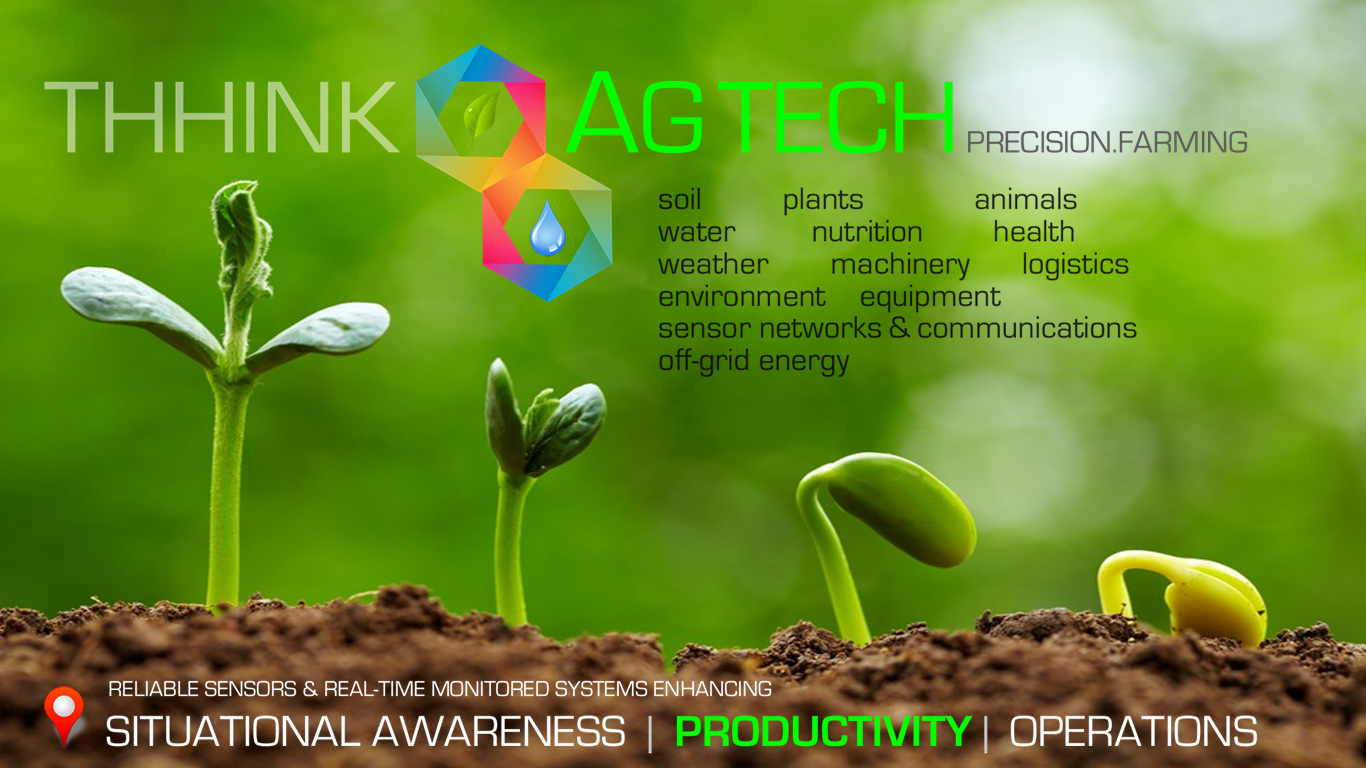
Smart agriculture is heavily exploiting advanced technologies such as Big Data, GPS, IoT and connected sensor devices to collect data from the field and analyse it so that the farmer can make accurate decisions in order to grow high quality crops. The field data is collected with the help of sensors, cameras, micro controllers, and actuators. Sensors and cameras can be used to provide information to the operator for water level, fertilizers as well as light required for growing the best quality food. The collected data is transferred via the Internet to the operator or the farmer for decision making. According to expert predictions, the Smart Agriculture market is expected to grow from USD 5.18 Billion in 2016 to USD 11.23 Billion by 2022, at a CAGR of 13.27% between 2017 and 2022 (Markets and Markets). The main share of this market is expected to come for hardware for sensors, network management, agriculture asset management, supervisory control and data acquisition, logistic and supply chain management. The whole concept of precision agriculture is based on accurate crop and soil observation, some of which are being achieved via automated NDVI image capture/processing for identifying crop and soil conditions using UAVs or drone technology. Farmers use these insights to maintain their crops and make better informed decisions that ultimately yield higher quality and greater quantity of crops. Smart water management can also be used to reduce human labour, minimize weather risks, and increase off-season production by saving water, reducing the use of chemicals and saving energy. Another key sector being revolutionised by smart technologies is indoor farming and horticulture. Increasing automation of commercial greenhouses and growing implementation of the Controlled Environment Agriculture (CEA) concept in greenhouses, is allowing a higher yield from maintenance of optimum growing conditions. Cultivators have shifted from conventional lighting systems to LED grow lights. Although LED grow lights are high in cost, they are an ideal option for indoor farming owing to their long-term benefits in terms of energy efficiency. In the smart agricultural sector, livestock monitoring is the fastest growing segment allowing monitoring of livestock performance, health and welfare using RFID, biometrics, and GPS to automatically obtain information on animals in real-time. Farm machinery is also becoming more automated and agricultural robots are being used to automate farming processes such as soil maintenance, weeding, fruit picking, harvesting, planting, ploughing, and irrigation. Here M2M communications, an integral part of IoT, allows coordination of multiple devices, appliances, and machines connected to the internet through multiple networks. 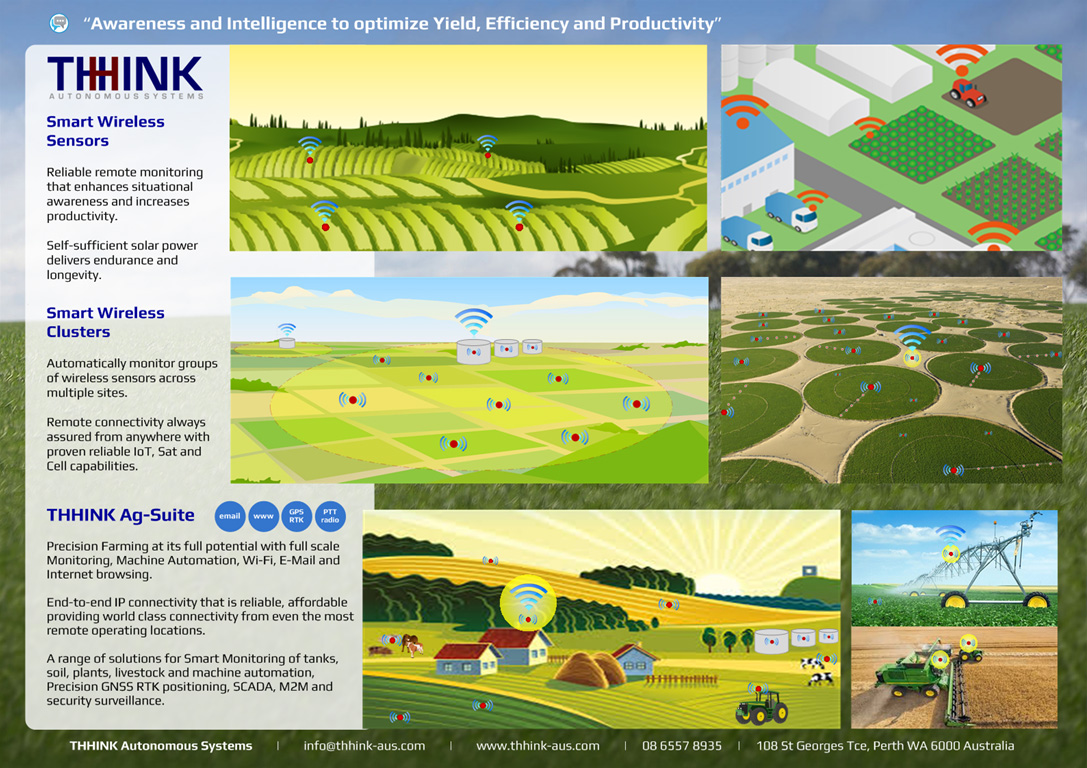
Importance for the Netherlands The Netherlands is the world's second largest exporter of agricultural products after the USA. Together with the USA and Spain, the Netherlands is one of the world's three leading producers of vegetables and fruit and supplies a quarter of the vegetables that are exported from Europe. The Dutch agricultural sector is diverse; it covers a wide range of livestock and plant-cultivation sectors that include arable and dairy farming, cultivation under glass, tree-growing and pig farming. The agri-business is one of the driving forces behind the Dutch economy and with a large population in a small, low-lying delta region where land is at a premium, farms in the Netherlands are some of the most intensive, sustainable, and efficient in the world. It is no surprise that Wageningen University is the number 1 Agricultural University in the world and five of the top 26 global agri-food companies have R&D facilities in the Netherlands. Key Projects IoF2020 [ www.iof2020.eu ] is supported by the European Commission with a budget of 30M Euros. The aim of IoF2020 is to build a lasting ecosystem that fosters the large-scale uptake of IoT technologies across a diverse sector considering farm-to-fork. 75 key stakeholders along the food value chain are involved in IoF2020 together with technology service providers, software companies and academic research institutions. Nineteen use-cases organised around five sectors (arable, dairy, fruits, meat and vegetables) will develop, test and demonstrate IoT technologies in operational farm environments all over Europe. |
CONTACT USTHHINK BV Bargelaan 200 2333 CW Leiden The Netherlands. E-mail: info [at] thhinkbv.com Phone: +31.610.075.886 |

|
2024 © THHINK. All rights reserved.